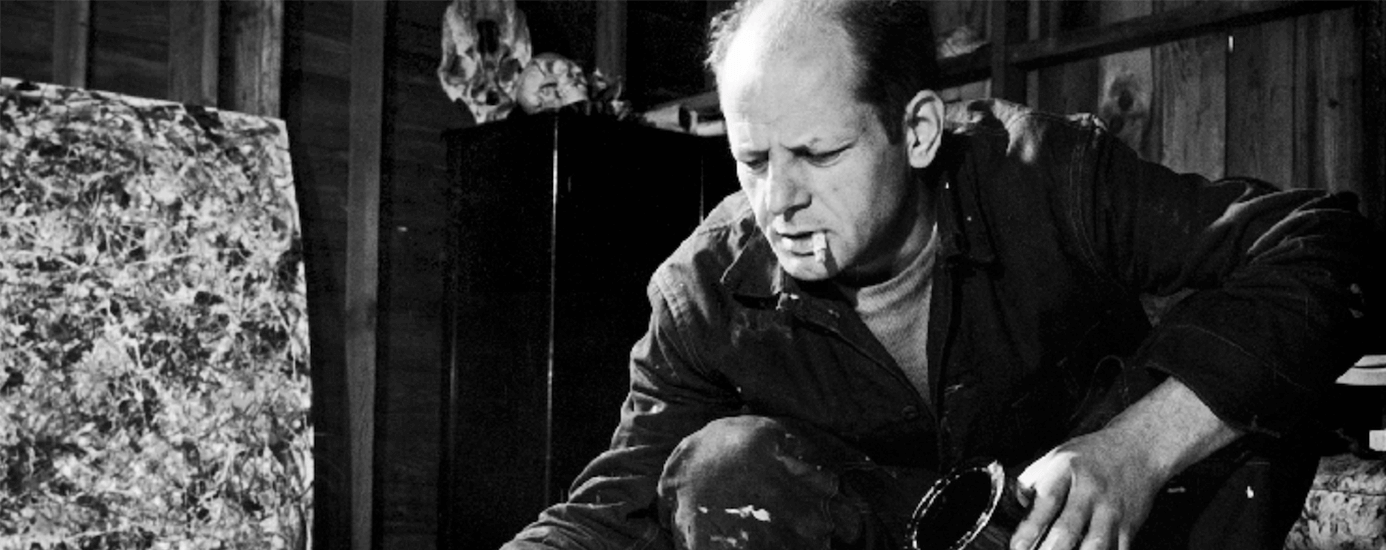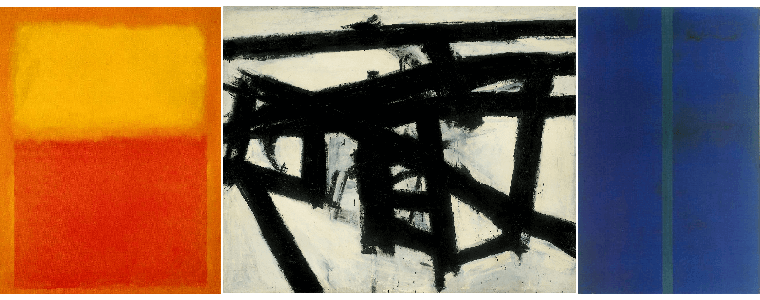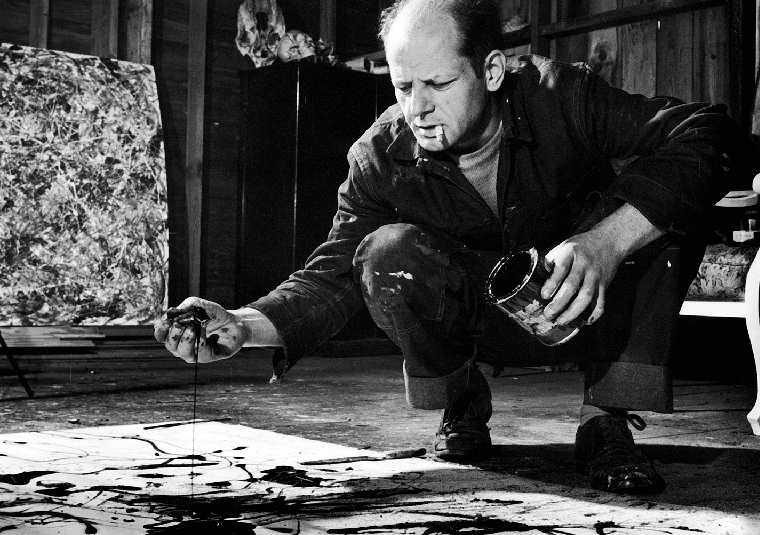The painting action
- 09/05/2016
ACTION PAINTING FROM PARIS TO NEW YORK
The end of the second great world conflict from 1939 to 1945 gave rise to two major trends in the international art world. Dominating until now in the History of Art, the European market is crumbling, weakened by the years of war, financial problems, disorganization and the successive exiles of artists in the United States. And at the same time, across the Atlantic, Uncle Sam's country is emerging from the Great Depression of the Thirties and aspires to become the new epicenter of modern world art. Artists, critics, museums, galleries, dealers, buyers, collectors ... the entire American artistic microcosm unites its efforts to give birth to a purely Yankee Art. The first movement to emerge is abstract expressionism, born mainly in New York workshops, and which will make the city that never sleeps, the new capital of world art to the detriment of Paris.
ABSTRACT EXPRESSIONISM
Led by Willem de Kooning (1904-1997) and Franz Kline (1910-1962), the Action Painting movement finds its name of abstract expressionism after many heated debates at 39 East 8th Street in New York. From a purely artistic and pictorial point of view, the influences of abstract expressionisms are marked by European artists such as Picasso, Kandinsky or Miro, by surrealism and by the abstract.
Quickly, many painters joined the Action Painting movement, the starting point of many artistic movements, attracted by this philosophy breaking with classical formalism. From Hamilton to Newman, via Rothko, Gottlieb or Gorky, painters come together under the common banner of abstract expressionism, which then comes in several distinct styles of painting such as colorfield painting or action painting. This last style, a mixture of abstract art and lyrical abstraction, is the most famous of all carried by its main figure, a certain Jackson Pollock.

Quickly, many painters joined the Action Painting movement, the starting point of many artistic movements, attracted by this philosophy breaking with classical formalism. From Hamilton to Newman, via Rothko, Gottlieb or Gorky, painters come together under the common banner of abstract expressionism, which then comes in several distinct styles of painting such as colorfield painting or action painting. This last style, a mixture of abstract art and lyrical abstraction, is the most famous of all carried by its main figure, a certain Jackson Pollock.
JACKSON POLLOCK THE MASTER OF DRIPPING

It was in 1952 that critic Harold Rosenberg first proposed the term action painting in an article called American Action Painters. "At a certain point, American painters […] began to see the canvas as an arena in which to act, rather than a space in which to reproduce, recreate, analyze or 'express' a real or imaginary object. on the canvas was not an image, but a fact, an action. "
This new way of imagining painting therefore has a purely physical and material dimension in which the artist's body is a main element of creation. Jackson Pollock is one of the leaders of this movement. He chooses to express himself on canvases of very large formats, necessary for his technique called "dripping": he distributes on his canvas paint that comes out of a box bottom pierced with holes and adds drips obtained by a stick that he soaks and comes out of a container in a crazy artistic dance. The idea is to give importance to the texture, to the material and to the artist's gestures.
AGUSIL AND THE IMPORTANCE OF TEXTURE
As with the abstract expressionists, the Catalan duo Agusil attaches paramount importance to the use of material, texture and gestures during the creation of their works. Marc and Maria trained separately in plastic arts techniques before getting together to create in pairs. Defining their pictorial practice as "polyhedral", the duo uses many techniques to achieve their works. First brushed with oil and acrylic, the canvas is then invested by a joint work, with a spatula or a brush, of this mixed pictorial material; this process allows Agusil to play with renderings, lights and textures. Executed in powerfully colored tones, the portraits are painted vividly using short, precise gestures. Particular attention is paid to specific elements of the face, in particular the eyes and lips. As a result, they deliberately choose to let color and gesture assert themselves on the canvas, depending on their unconscious or the physical laws induced by their movements. Relating to expressiveness, their creations seek to reveal the character and personality of the subjects represented.















